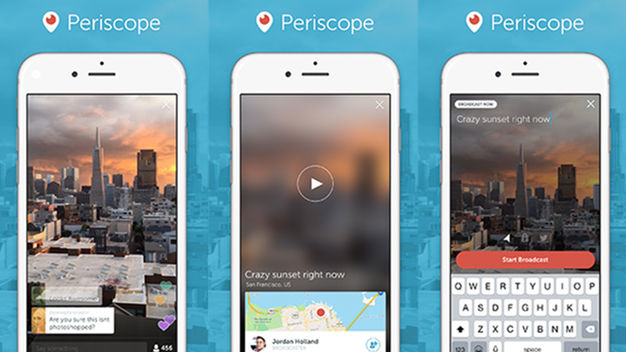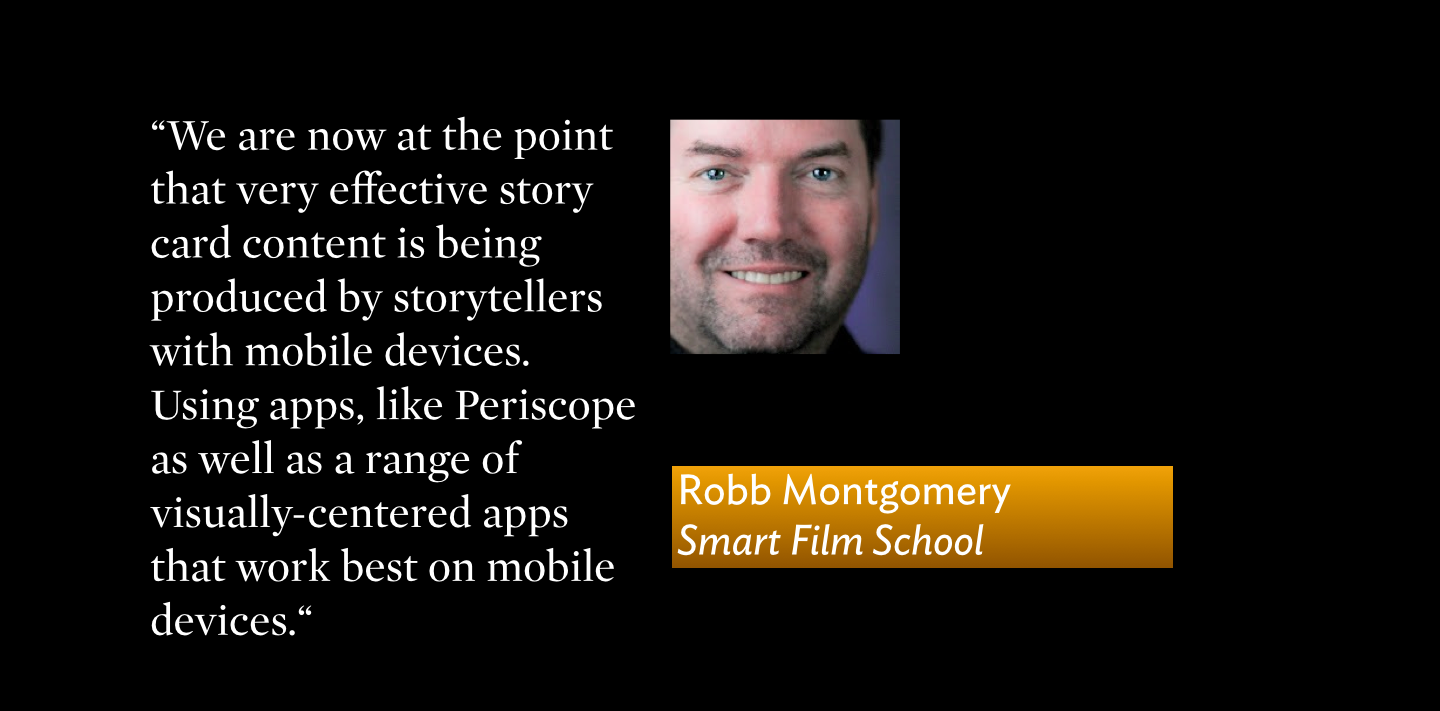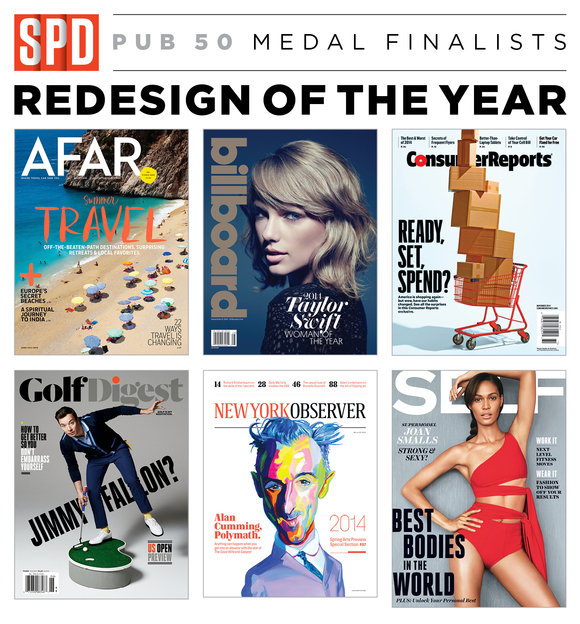This is the weekend edition of TheMarioBlog and will be updated as needed. The next blog post is Monday, April 27, where I will be reporting from Asia.

The catchy phrase that Periscope uses to describe itself is: Explore the world through someone else’s eyes.
Enticing and intriguing. And so, armed with the app on my iPhone, I am taking baby steps with Periscope. As such, I stumble and fall, as when I started streaming a live video from the deck of my Tampa home, overlooking Tampa Bay, and forgot how to turn the screen to face me (yes, you tap twice on the screen and the screen and it faces you).
It also feels a bit awkward to be expressing thoughts to your iPhone and not looking directly at your audience, although it is fun to see the many who join the moment the video starts streaming, people you know who say “hi, Mario,” and lots of strangers who appear sort of like mosquitoes that land on your arm during a summer beach outing in Florida.
I am, however, smitten with Periscope.
I like the possibilities. I am even thinking that, on some days, I may abandon the traditional TheMarioBlog narrative —perhaps my blog has become legacy—and just express my thought for the day via Periscope, which could be more visual and easier for folks on a commute to consume.
Not to mention that the video you stream live on Twitter can stay there for consumption at a later time.
Robb Montgomery: The concept of story cards

My colleague Robb Montgomery, founder of Smart Film School, who spends tons of time teaching the rest of us how to be better video storytellers, recently told a group at the International Journalism Festival in Perugia that “those looking to work exclusively to mobile in the future will have to think visually and consider the stream, and that’s what it means to be mobile first.”
I had a chat with Robb about his thoughts on mobile storytelling:
“There is a new mobile storytelling language emerging and it is based on the concept story cards.
“Story cards are not new, but cards in a mobile environment are swipe able, shareable, and streamable. Story cards are visual, compact, concise and can be organized on the fly at the presentation stage.
“Visual story cards are extremely effective for mobile news and information consumers. The power will shift to storytellers who have the literacy to find, capture and present their stories using only their mobile device.
“We are now at the point that very effective story card content is being produced by storytellers with mobile devices. Using apps, like Periscope as well as a range of visually-centered apps that work best on mobile devices.”
We owe it to ourselves, and to those we work with to remember these words and to apply them sooner rather than later.
I am convinced that video and live streams are the way to go and are here to stay, and Periscope allows me a great platform on which to put my money where my mouth is.
Robb Montgomery’s Tips for Periscope
http://www.slideshare.net/vizeds/periscope-tips-and-working-with-vertical-video
SPD 50 Redesign of the Year Medal Finalists

SPD 50 Redesign of the Year Medal Finalists
http://www.spd.org/2015/04/spd-50-redesign-of-the-year-me.php
Highlight:
On May 1 at the 50th Anniversary SPD Gala, we’ll be announcing the winner of this year’s Super 8 Redesign medals. Over the next two weeks we’ll be running previews of other medal finalists, building up to the big celebration. Be sure to check in every day to see the best magazine design work of the past year, and be sure to follow @SPDTweets on Twitter at #SPD50.
The medal finalists for the Super 8 Redesign are: Afar, Billboard, Consumer Reports, Golf Digest, New York Observer, and Self, and Wired.
Hungarian newspapers excel attracting young audience
Hungarian Publishers Association Honored for Youth Engagement Excellence
Here is news that will inspire many editors and publishers. We know how important it is to attract and to hold on to young readers. Apparently, Hungarian newspapers are experts at it.
The Hungarian Publishers' Association has been designated a “Center of Youth Engagement Excellence” by the World Association of Newspapers and News Publishers (WAN-IFRA), for its innovative and strong News in Education programs that have reached more than 200,000 students in the past decade.
The “Center of Youth Engagement Excellence” designation honors newspaper associations that have a deep, long-term commitment and devote resources to news literacy and youth engagement.
“Supporting youth engagement is a national interest as it is proven to serve the critical thinking skills of young people as well as helping to build knowledge,” said Tibor Kovacs, the President of the Hungarian association.
“With the assistance of magazines and newspapers, we connect the everyday world to classrooms, building a bridge between theory and practice,” he said. “However, the biggest winner is Hungarian society, with a well-informed young generation becoming responsible, successful and beneficial members of the nation. With newspapers, we can clearly show the importance of press freedom in the creation of developed democracies.”
The Hungarian Publishers Association received the designation for its “HÍD” (“BRIDGE – Newspaper to students”) program, which has involved more than 204,000 students who were given 2.5 million newspapers over the past 10 years.
More about smartwatches and news
http://digital.gxpress.net/watch-what-happens-leading-on-apples-wearable-cms-1116